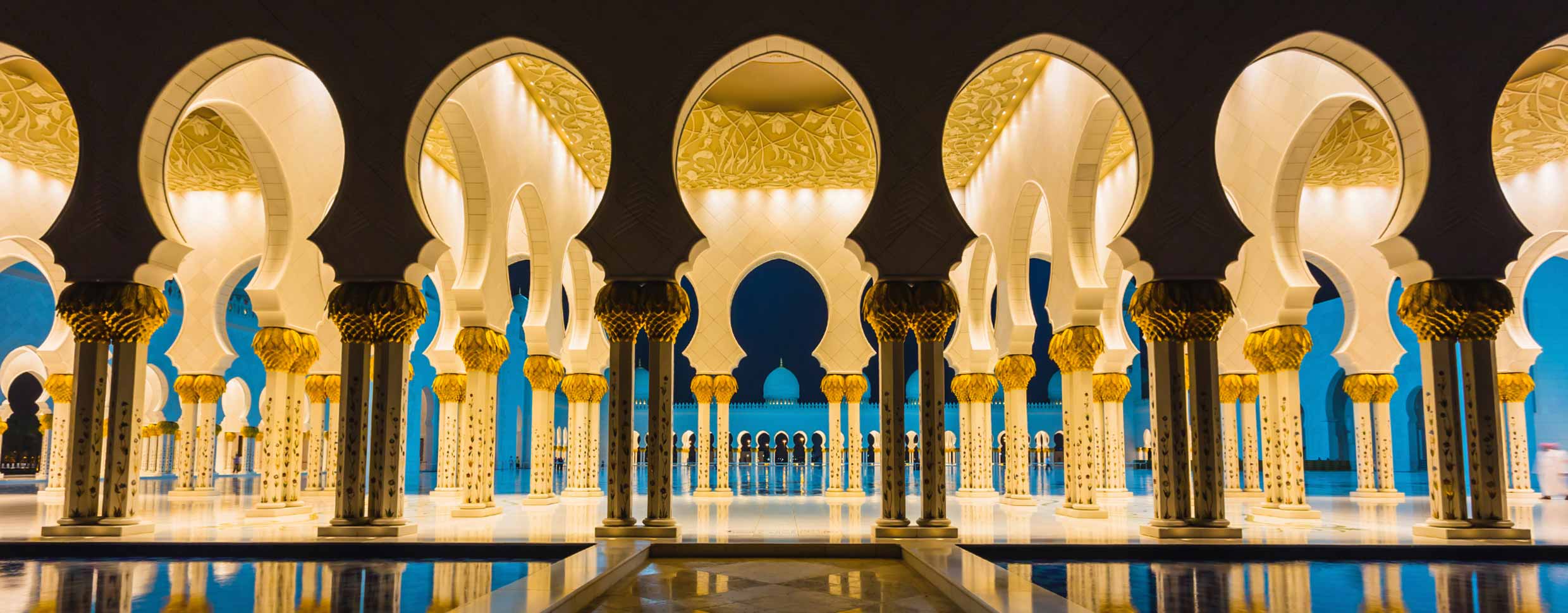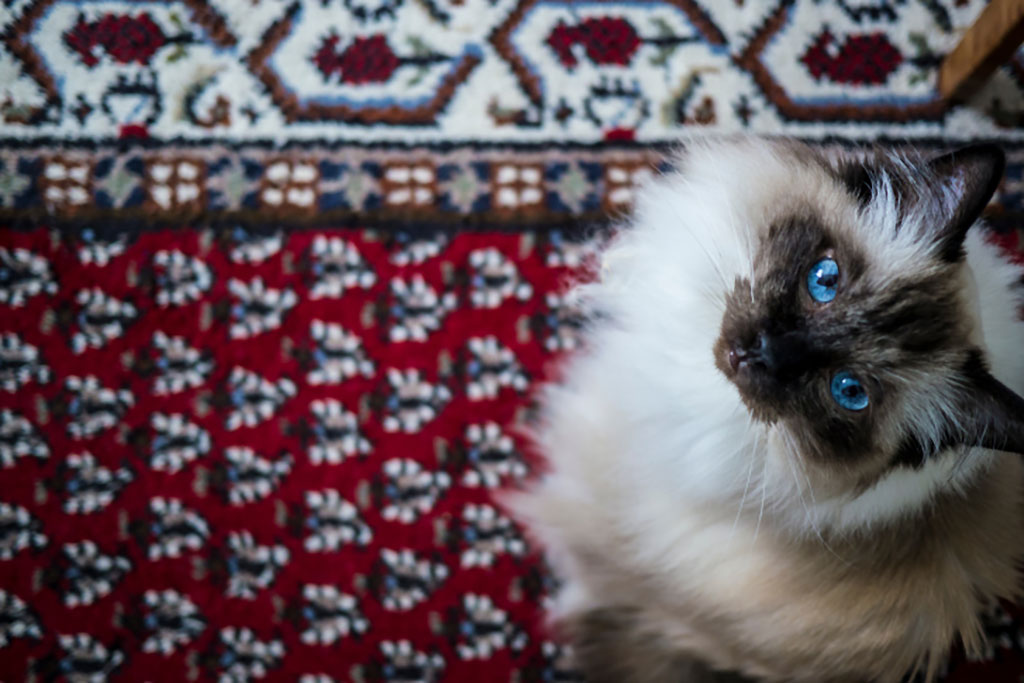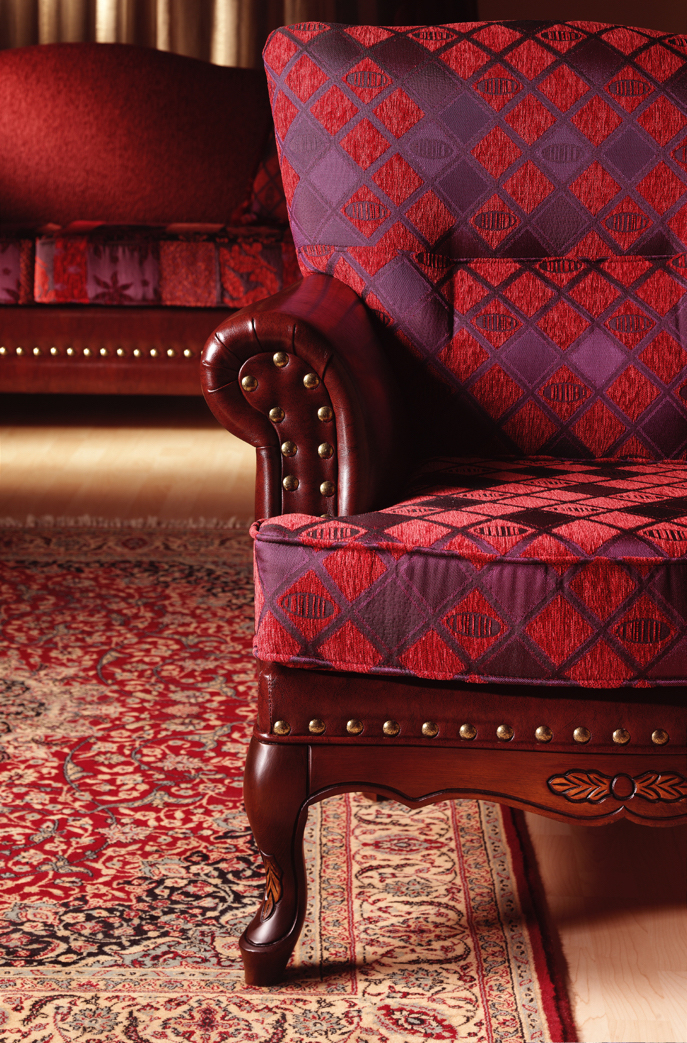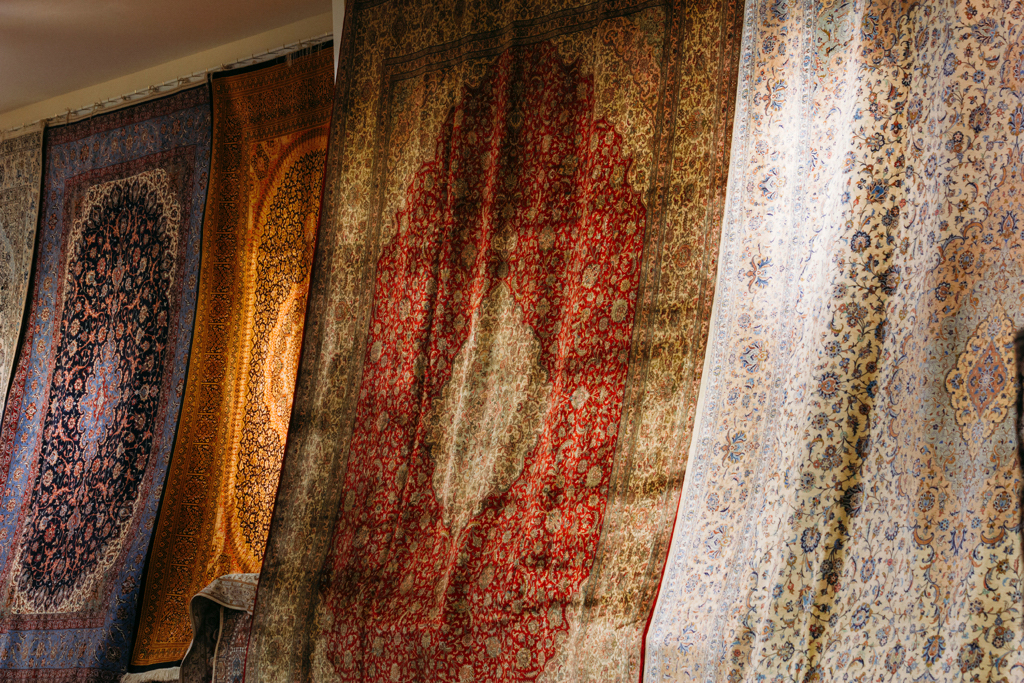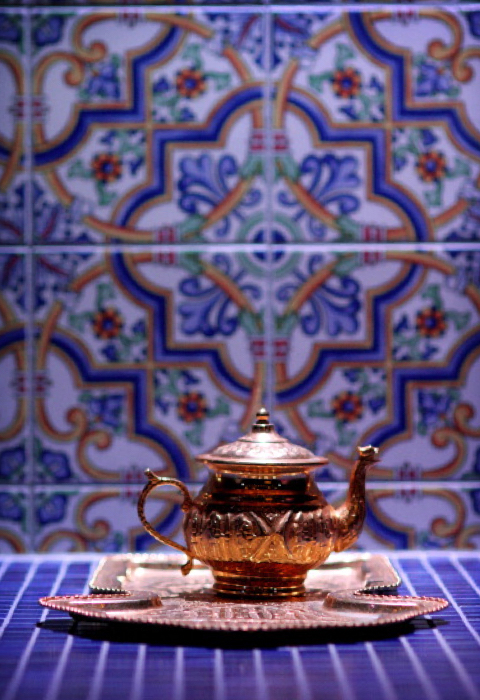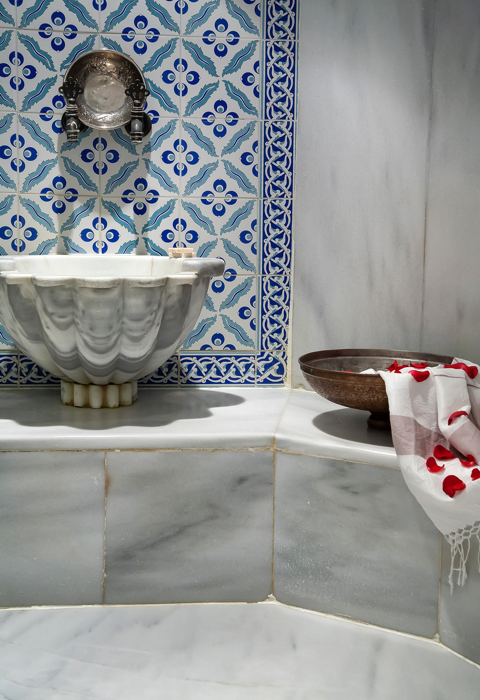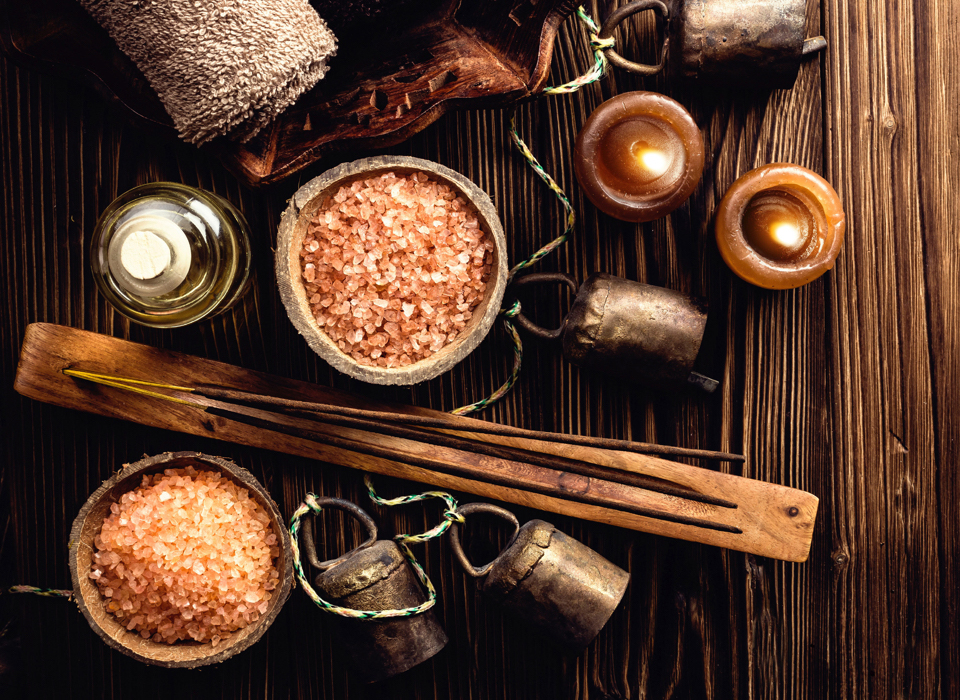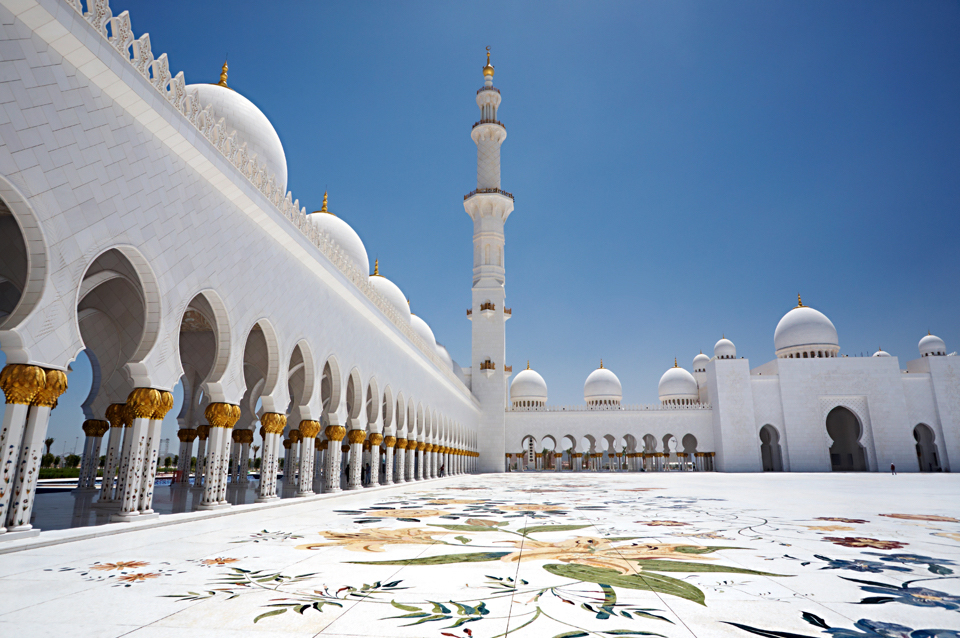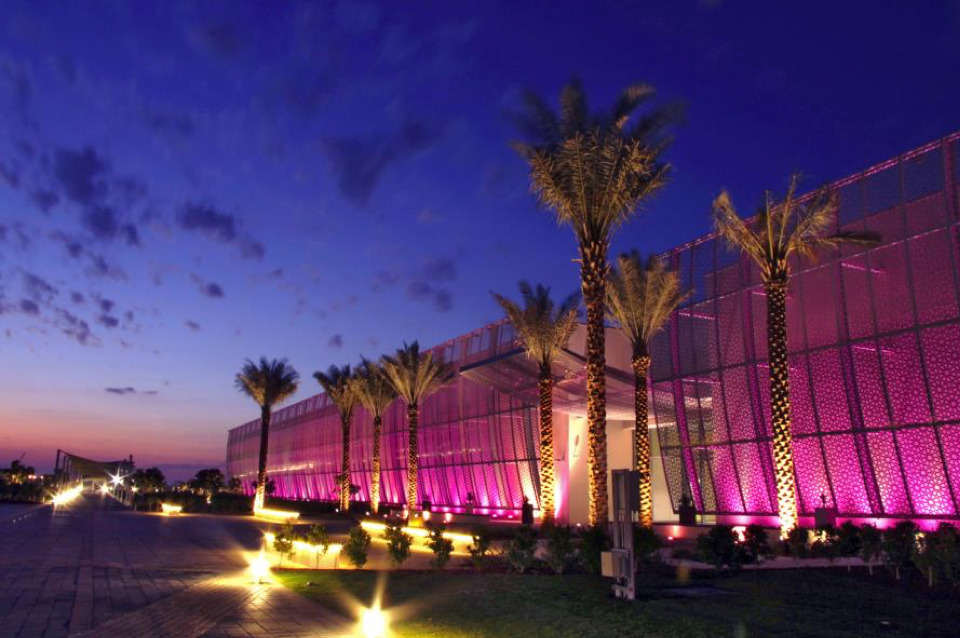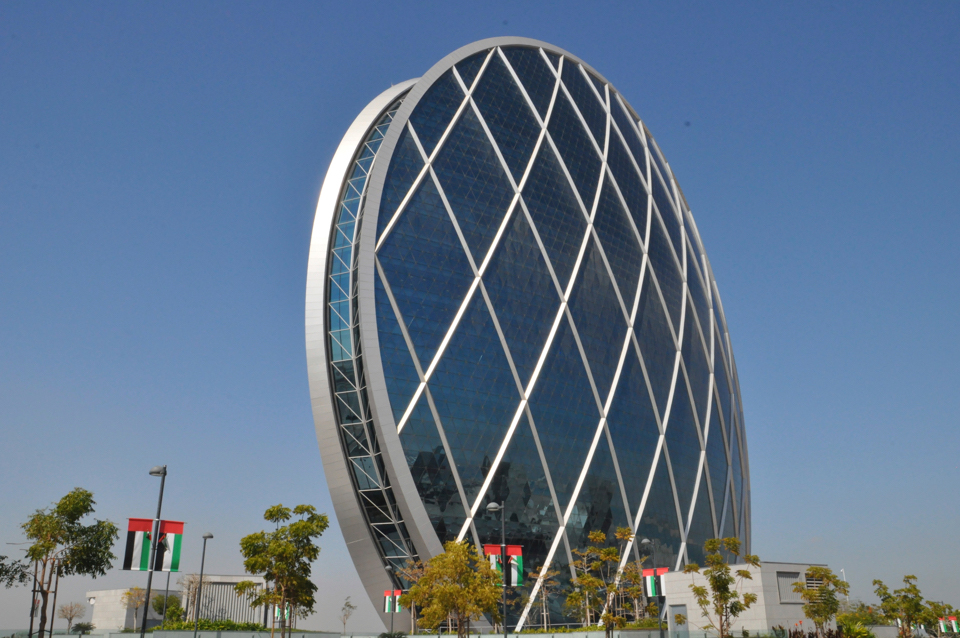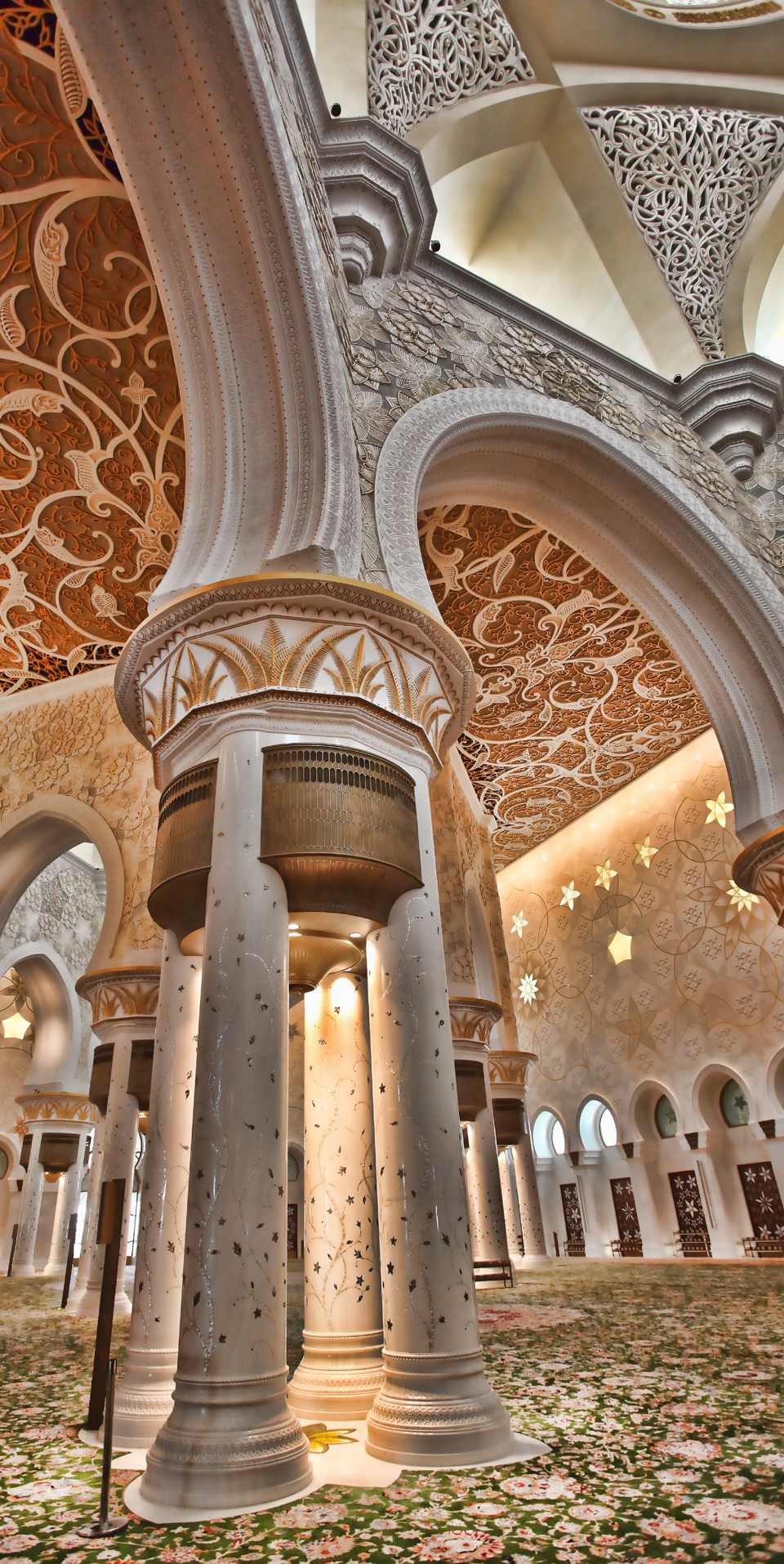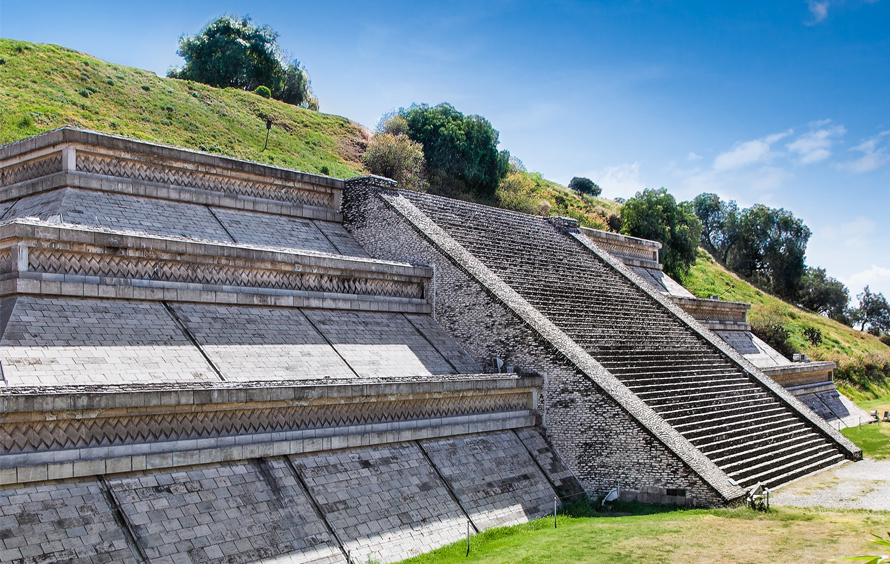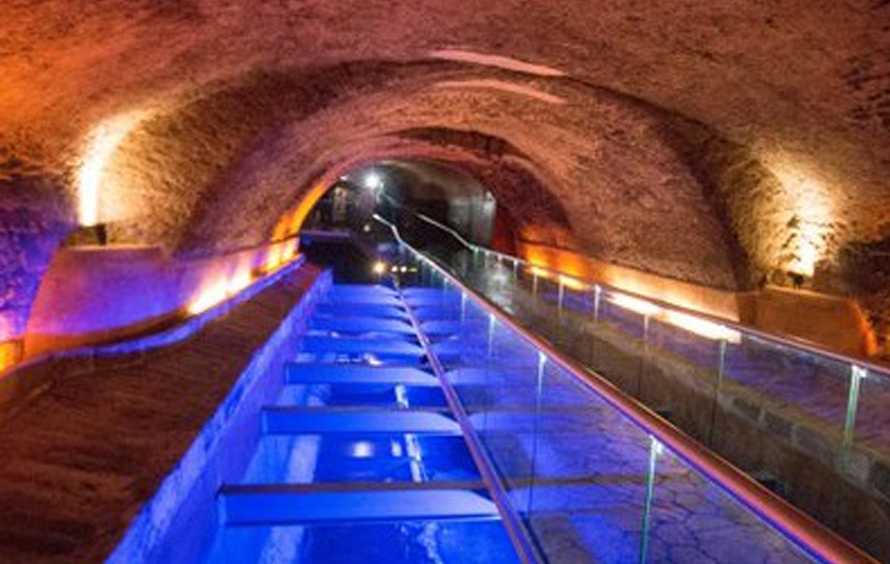But unlike a motor with a value that depreciates the moment you leave the showroom, a Persian rug’s value may
double or triple in little more than a decade. A silk Iranian rug, measuring 3 x 5 meters, bought in 2000 for
USD1,000 may now already be worth over USD4,000. In 2008, a handmade silk Isfahan rug from Central Persia with an
outstanding craftsmanship, incredibly high knot density and use of pure silk made it such a rare find it sold for
USD4,450,000.
But what’s really beautiful is that once an investment in a Persian rug is made, it should not be laid to rest in
a cold decompression vault. It should be used, loved, admiringly stroked, walked on, sat on, food should be shared
on while stories are told and memories captured. A Persian rug is both an investment and a visually captivating backdrop to
Arabian family living.
Within Arabic homes, larger carpets are found in living rooms and majlis (meaning, a place of sitting)
amplifying the hospitable décor for family and visitors. For religious purposes, smaller, more portable rugs are
known as sajjadah, derived from the verb to prostrate, or to bow low. Typically measuring one by 1.5
meters, prayer rugs may include a compass pointing to Mecca and true to the mystical Islamic belief of Sufism, a
sheikh will inherit the sajjadah of his tutor.
It isn’t difficult to spot handmade carpets from Iran and Afghanistan within the souks and traditional markets of
Abu Dhabi; the city has long been a vibrant trading hub for the Arabian Peninsula. From traditional carpets to
bespoke modern and contemporary versions, the variety of rugs available to shop is vast.
For carpets that are handmade and boasting a traditional and regional design, locals and visitors head to The
Red Carpet in Dalma Mall, part of the Heritage Group established in 1975 to provide clients with
high-end and customised rugs from the Middle East and internationally. Or they can take a walk along the Abu Dhabi
Corniche and venture into the Center of Original Iranian Carpets (COIC), a company that has sold beautifully
produced handmade carpets for over 90 years in Abu Dhabi. Here customers will be transported into a world of
magic, folklore and Persian heritage.
Dawood Hosseinzadeh, managing partner of COIC, will explain how the value of a Persian carpet is
based on the level of design, density of colors and quality of the material. From conception to craftsmanship, to
storefronts of the region and on which floor or wall each design lands up: every carpet tells a story, and that’s
priceless.
Arabian beauty
For those ancient nomadic humans wandering through the biting cold Neolithic Age who discovered how revitalized
they felt after bathing their entire bodies in a warm, volcanic heated pool of water, it must have been a
highlight of their societal gatherings. Tens of thousands of years have since passed and with it new cultural and
regional bathing rituals have evolved; but in essence the reverence to soaking in a hot bath has changed little.
Not far from present day Abu Dhabi, the world’s earliest known public bath was discovered in the lost city of
Mohenjo-daro, in the Indus Valley. Built around 2,500 BC the large pool was constructed of brick and may also have
been used as a temple linking bathing and cleanliness to religious beliefs. This may have been the origins of the
hammam, the oldest surviving bath tradition in the world.
A hammam is a designated bathing area whereby visitors are washed through a ritualised cleansing
procedure that dates back to the days of the Roman Empire. The ancient Greeks highly regarded the act of bathing,
with citizens making weekly visits to the nearby bathhouses in order to cleanse and purify themselves. Much
importance was placed on cleanliness during antiquity and the activity was soon adopted into Arabic culture,
especially given the importance surrounding ablution before prayer. Variants of the procedure were developed by
the Moroccan and Turkish cultures that are still practised today. Bathhouses around the Arab world were, similar
to those in ancient Rome, places of social gathering.

